“The apple doesn’t fall far from the tree,” we often say of children who mirror the virtues of their parents. In the case of one extraordinary Christian family of the ancient Church, it seems like a whole bushel of virtuous apples fell from one tree!
Our story spans four generations of that family (ca. 250-400 AD) which produced no fewer than eight canonized saints, two martyrs, three bishops, at least four hermits or monastics, and one holy deaconess.
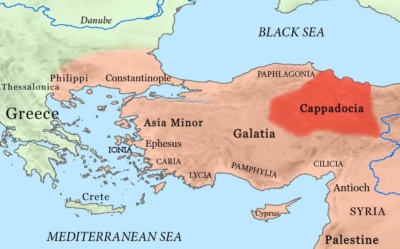 Seedbed of Christianity
Seedbed of Christianity
The family lived in a region of central Turkey called Cappadocia, which was a sort of seedbed of the early Christian Church. According to the New Testament, certain “inhabitants of Cappadocia” were actually present on the day of Pentecost (Acts 2:9) two and a half centuries prior to the time of our story. St. Paul passed through or near the region on each of his three missionary journeys, and St. Peter makes reference to Cappadocian Christians in his First Epistle (1:1).
The story begins with the last recorded persecutions of the Roman Empire under the Emperors Decius, Diocletian, and Maximinus (mid-200s–early 300s). These harsh persecutions directly affected the region of Cappadocia and several generations of the extraordinary family of our story.
Martyred Grandfathers
What must it be like to have actual Christian martyrs in one’s family line? Imagine the stories passed down by those family members who knew the martyrs or who had lived through the times of persecution.
Three generations of our Cappadocian family experienced persecution very personally and passed on the living memory of one great grandfather who was killed for his faith in the persecution of the Emperor Decius (around the year 250 AD). History has remembered nothing of this man’s children, but his granddaughter, Emilia, would eventually be recognized as a saint in her own right.
The following generation suffered through the final satanic wrath of the Roman Empire against Christianity in the persecutions of Diocletian and Maximinus, in the early 300s. On the other side of the family, the grandmother (Saint Macrina the Elder) and grandfather (name unknown) spent six or seven years of their early marriage hiding from the authorities on family properties near the Black Sea.
The grandfather was eventually caught but refused to offer sacrifice to the pagan gods and was martyred about the year 310 AD. Before his death, he and his wife produced a son who is known to history as Basil the Elder, another canonized saint.
This family’s fidelity to the Christian faith in the midst of great suffering set the stage for the extraordinary outpouring of holiness that was to come. Here is a chart of those three generations:
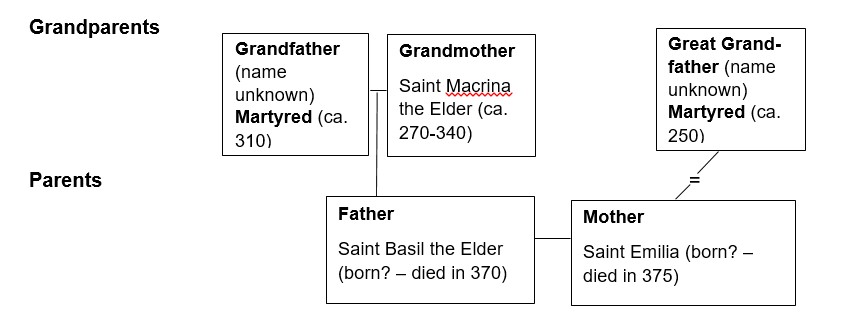
The Fruit of Holiness
The generation of Saint Basil the Elder and Saint Emillia (the parents of this family) was the last to experience persecution, though briefly. They were just children when the Emperor Constantine put an end to the attacks against the Christian Church in 313 AD. The elder Basil and Emilia undoubtedly suffered in their own way, but they escaped death and understood themselves to be the heirs of real martyrs and heroic Christian witnesses of the early Church.
Almost as a symbol of their new Christian freedom, Basil and Emilia produced ten children, five of whom are also canonized saints!
Anyone who studies saints, as I do, may have heard of their two oldest sons, St. Basil the Great and St. Gregory of Nyssa (if not, keep reading!), but they are not well known in Roman Catholicism outside of seminaries and scholarly circles.
These brothers were both bishops and are known as the Cappadocian Fathers together with one other bishop, St. Gregory Nazianzen.
Basil and Gregory of Nyssa are the two most famous members of the family because of their public positions and contributions. They were avid writers and orators, and we would know virtually nothing about the rest of their saintly family members were it not for their writings. In fact, Gregory of Nyssa wrote a whole book about his beloved sister Macrina! What a nice brother. Here is the genealogy:
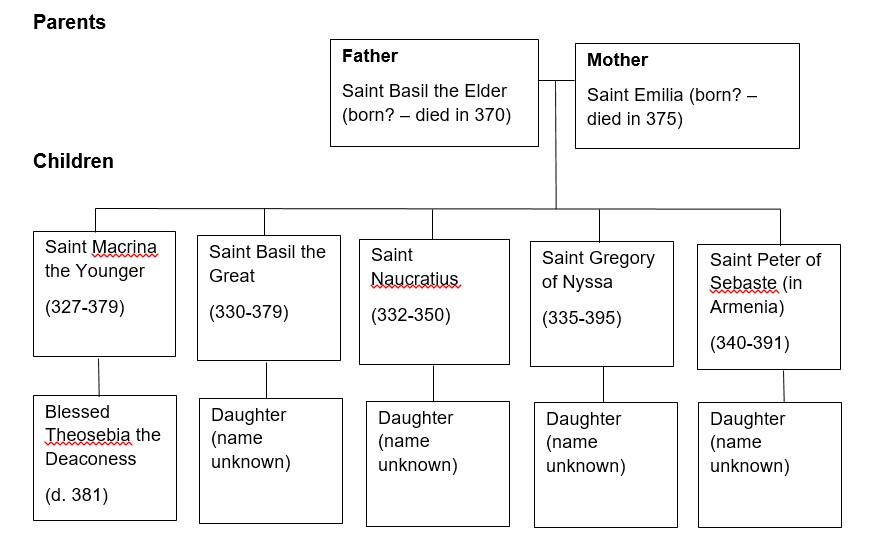
The Sibling Saints
It would be too much to give a biography of each of the siblings, but a few bullet points should suffice to show how much this one family contributed to the life of the early Christian Church:
St. Macrina the Younger
- She was named after her holy grandmother Saint Macrina the Elder;
- She famously rebuked her learned brother Basil for his worldliness and arrogance; as a result, Basil gave up his secular career and became a priest!
- With her mother Emilia and with her brothers’ support, she established what would be the first ever monastic community for women and is considered the foundress of monasticism in the Eastern Church.
St. Basil the Great (Archbishop of Caesarea)
- Basil’s preaching and writing were so eloquent that he is sometimes given the title, “Revealer of Heavenly Mysteries”;
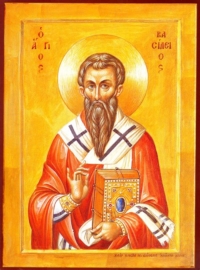
St Basil of Caesarea
- He was chosen to be bishop of the major archdiocese of Caesarea and put his talents to use fighting the Arian heresy and defending the Nicene Creed;
- Basil is called “the Great” for his many significant contributions to the life of the Church; among them:
- He was the first to write a monastic rule of life and is considered the founder of Eastern monasticism;
- He composed a Greek liturgy that is still widely celebrated today;
- He founded what can be called the first hospital complex and center of social assistance to care for plague victims;
- He ordained his own brother, Peter, to the priesthood.
St. Gregory (Bishop of Nyssa)
- As bishop of the new diocese of Nyssa, Gregory was less inclined to administration than Basil, but he excelled in writing doctrinal and spiritual treatises;
- He attended the First Council of Constantinople in 381 which defined the divinity of Christ and was the first theologian to assert that God is infinite!
- Gregory was also the only theologian of the ancient Church to condemn the institution of slavery as a violation of human dignity.
St. Peter (Bishop of Sebaste in Armenia)
- Peter was the youngest brother of the family and was just seventeen years old when he took his monastic vows;
- He helped Basil and Macrina found their monastic communities;
- Peter became the Bishop of Sebaste in Armenia and was present at the First Council of Constantinople with his brother Gregory;
- He encouraged both of his brothers to write treatises in defense of the faith and then edited and published their works;
- After his death in 391, he was immediately revered as a saint.
St. Naucratius (Hermit)
- At an early age he decided to renounce worldly things and become a hermit, living the rest of his short life performing works of mercy, caring for his mother, Emilia, and serving the destitute elderly of Cappadocia;
- His untimely death in a hunting accident at the age of 27 was what brought Basil back from Greece to Cappadocia to lead the archdiocese.
Blessed Theosebia (Deaconess)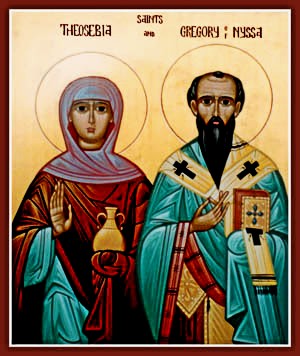
- Little is known of Theosebia except that she held the title of deaconess in the early Church (not ordained but roughly the equivalent of a religious sister today).
Judging from the family’s history, I’m guessing that the four youngest daughters were assuredly a lot holier than I am, but their names are lost to us. It wouldn’t surprise me if their obscurity is due to their being mothers humbly raising their families and remaining faithful to God through their silent, daily sacrifices.
Lessons of a Family of Faith
What can any family of faith learn from the marvelous Cappadocians? Three solid lessons:
First, that blessings accumulate through the generations when families maintain a serious religious practice: a martyr produces a holy daughter who in turn produces a whole family of saints! Fruit trees give off the same type of fruit year after year, but well-tended spiritual lineages produce an abundance and variety of spiritual gifts that benefit many generations beyond them.
Second, that active faith among family members strengthens everyone: a righteous rebuke (Macrina); an act of encouragement (Peter); a handing on of teaching and piety (the mothers and grandmothers); or a heroic witness (the grandfathers). Everyone has something to offer.
Third, and most especially, that “God is glorified in our bearing much fruit” (Jn 15:8,16) for the kingdom.
———-
[This article is a reproduction of the Sacred Windows Email Newsletter of 12/26/21, so it does not end with the regular Soul Work section. Please visit our Newsletter Archives.]
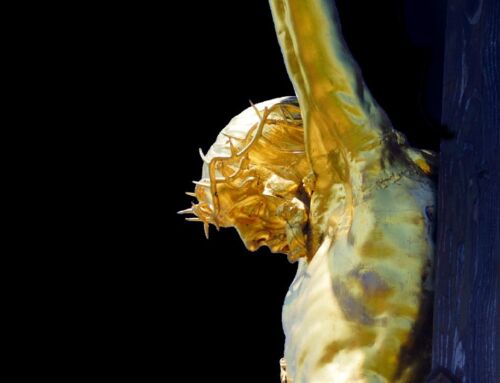
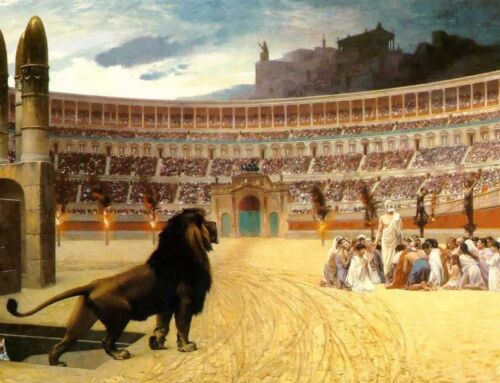
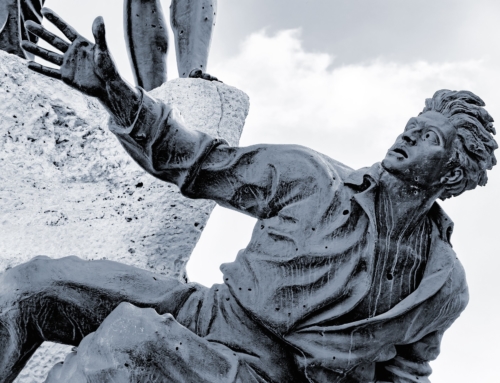
Could you please tell me who created the artwork on this page? I would like to use it ian book I’m writing.